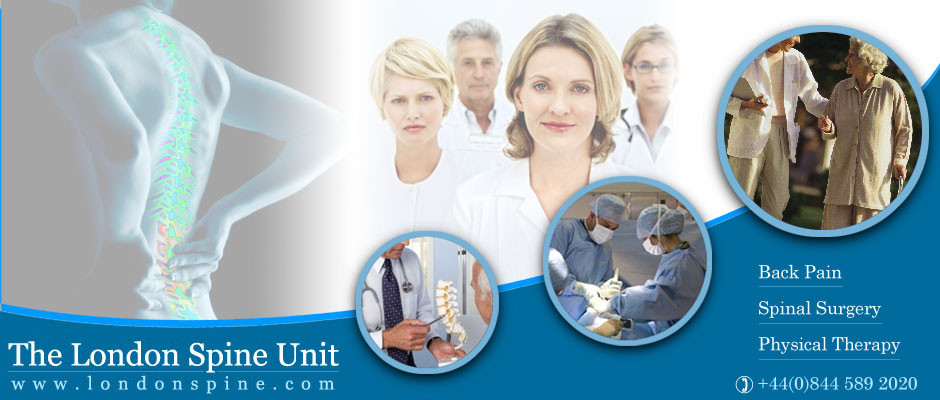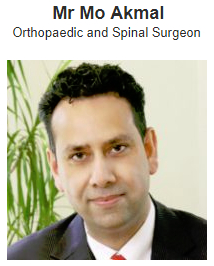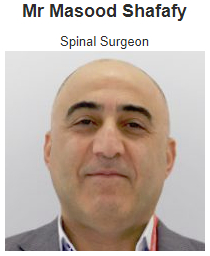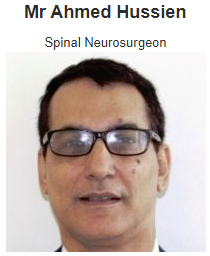Previously, surgery was apparently the only treatment method for a herniated disc. In recent years, non-surgical spinal decompression has gained favor as a non-invasive method to relieve pain.
Spinal decompression therapy is a chiropractic technique that involves stretching the spine, using a pull table or similar motorized device, with the aim of relieving back pain and/or pain in the legs. This procedure is called non-surgical decompression therapy (as opposed to surgical spinal decompression, such as laminectomy and microdiscectomy).
Spinal decompression devices use the same basic principle of spinal traction. Both traction and decompression therapy are applied with the aim of relieving pain for problems related to the vertebral discs, including degenerative problems and hernias.
How does spinal decompression therapy work?
In non-surgical spinal decompression therapy, the spine stretches and relaxes intermittently in a controlled manner. By means of the spinal decompression, it is sought on one hand to create a negative intradiscal pressure to promote the retraction or repositioning of the disc material and, on the other hand, to create a lower pressure on the disc that will cause an influx of healing nutrients and other substances.
During spinal decompression therapy, patients remain dressed and are on a motorized table, the lower half of which can move. A harness is placed around the hips and attached to the lower table near the feet. The upper part of the table remains in a fixed position while the lower part, to which the patient engages, slides back and forth to provide traction and relaxation. The patient should not feel pain during or after decompression therapy, although it should feel stretch in the spine.



















